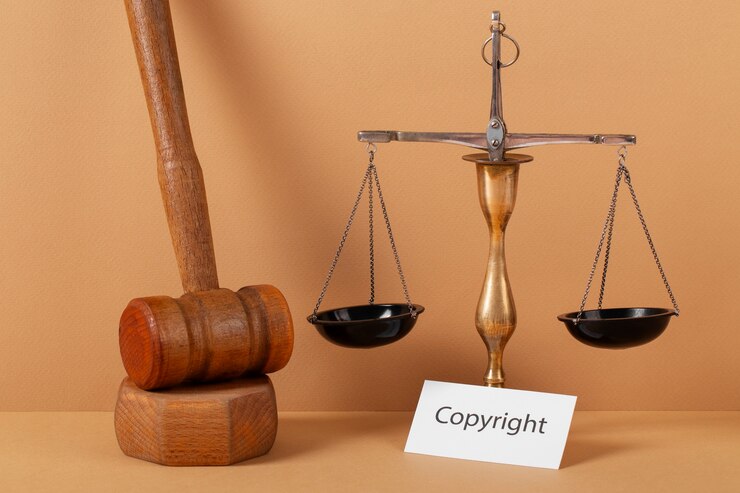The landscape of business is often fraught with legal challenges, especially in the realm of distribution and supply chains. The recent Trulife Distribution lawsuit has garnered significant attention, drawing interest from stakeholders, industry experts, and the general public. This article delves into the details surrounding the lawsuit, its implications, and what it means for the future of the distribution sector.
Background on Trulife Distribution
Trulife Distribution is a prominent player in the health and wellness sector, specializing in the distribution of innovative medical products and nutritional supplements. Founded with the mission to enhance the quality of life through superior health solutions, Trulife has grown its market presence significantly over the past decade.
However, like many companies in a competitive market, Trulife has faced challenges. The lawsuit in question has raised eyebrows, not only due to the nature of the allegations but also because of its potential impact on the company’s reputation and operations.
The Lawsuit: What You Need to Know
Allegations Overview
The Trulife Distribution lawsuit centers on allegations of breach of contract, fraud, and negligence. The plaintiffs, a group of former partners and distributors, claim that Trulife engaged in misleading business practices that adversely affected their financial interests and operational stability. Specifically, they allege that Trulife failed to honor contractual agreements regarding profit-sharing and distribution territories.
Key Players
The lawsuit involves multiple parties, including:
- Trulife Distribution: The defendant, accused of various business malpractices.
- Former Distributors: Plaintiffs who have banded together to seek justice and restitution.
- Legal Teams: Both sides are represented by experienced attorneys specializing in commercial litigation.
Legal Proceedings
The lawsuit has moved through various stages of the legal process, with preliminary hearings and motions filed by both parties. Early discussions have indicated that settlement might be a possibility, but both sides appear resolute in their positions. The court’s decisions on key motions will likely shape the course of the case.
Implications of the Lawsuit
For Trulife Distribution
The outcome of this lawsuit could have profound implications for Trulife. Depending on the court’s decision, Trulife may face financial repercussions, including damages awarded to the plaintiffs. Additionally, a negative verdict could damage the company’s reputation, affecting future partnerships and distributor relationships.
For the Distribution Industry
This lawsuit serves as a cautionary tale for the broader distribution industry. It highlights the importance of transparent business practices and the need for companies to adhere strictly to contractual agreements. As more companies navigate the complexities of distribution agreements, the legal precedents set by this case could influence future contracts and negotiations.
For Stakeholders and Investors
Stakeholders and investors will be closely watching the developments in this case. A ruling against Trulife could lead to a decline in stock prices and affect investor confidence. Conversely, a favorable ruling for Trulife could bolster its market standing and reassure investors about the company’s stability.
Legal Strategies and Considerations
Defense Strategies
Trulife’s legal team is expected to focus on several key defense strategies, including:
- Contract Interpretation: Argue that the contracts in question were interpreted incorrectly by the plaintiffs.
- Lack of Evidence: Present a lack of substantial evidence to support the claims of fraud and negligence.
- Counterclaims: Consider filing counterclaims against the plaintiffs for damages related to their actions that may have harmed Trulife’s business interests.
Plaintiff Strategies
The plaintiffs, on the other hand, are likely to employ strategies that include:
- Documentary Evidence: Gathering evidence that clearly outlines the breaches of contract and the impact on their operations.
- Witness Testimonies: Enlisting former employees and partners to provide testimony supporting their claims.
- Expert Witnesses: Utilizing industry experts to validate their claims regarding industry standards and practices.

Conclusion: The Path Forward
As the Trulife Distribution lawsuit unfolds, it is essential for all parties involved to navigate the complexities of legal proceedings carefully. The case serves as a reminder of the intricate nature of distribution agreements and the critical importance of upholding contractual obligations.
For Trulife, the focus must remain on addressing the allegations with transparency and integrity. For the plaintiffs, pursuing justice is crucial not just for personal restitution but also for setting a precedent in the industry.
Future Outlook
Regardless of the outcome, this lawsuit is poised to influence how distribution companies operate moving forward. It underscores the necessity for clear communication and robust contracts in the business world. The ripple effects of this case will likely extend beyond Trulife, prompting other companies to reassess their practices and ensure compliance with legal standards.
As we follow the developments in this lawsuit, it will be interesting to see how the legal system addresses these claims and what it means for the future of distribution in the health and wellness sector. The results of this case may serve as a benchmark for future legal disputes within the industry, reinforcing the need for ethical business practices and accountability at all levels.


